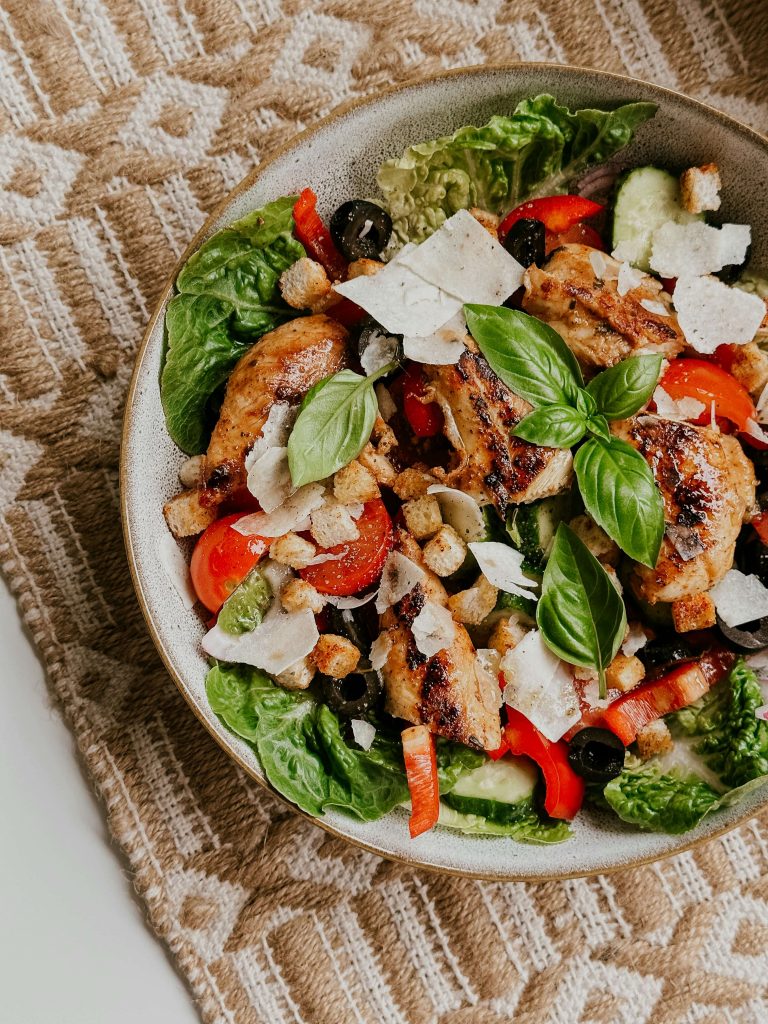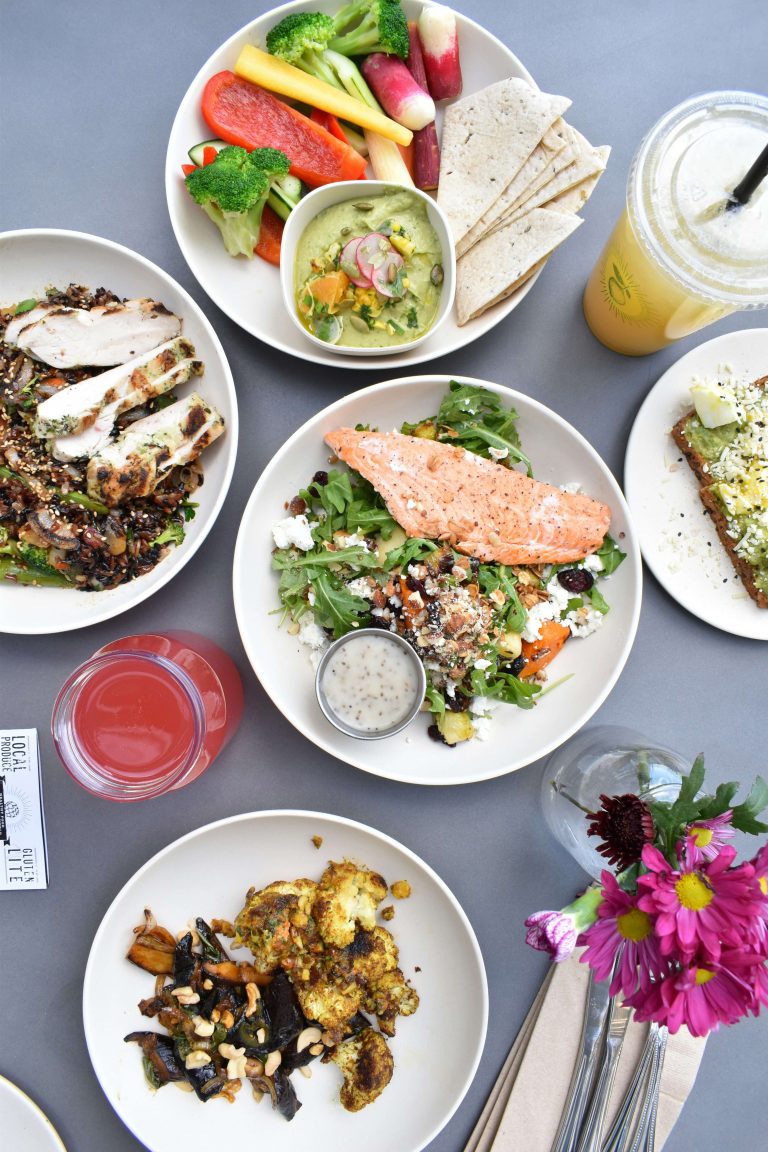Protein is having a moment, but trend aside, it is fundamental. Your body uses protein to build and repair tissues, support skin, hair and nails, make enzymes and hormones, and keep you fuller for longer. The tricky bit is that your body does not store protein for later. You need enough across the day, not just a big hit at dinner.
A simple target that suits most active women is roughly 25 to 30 grams of protein per main meal, plus smaller top-ups in snacks. If that feels vague, watch for these tell-tale signs you might be falling short.
Read more: 8 Ways to use your protein powder beyond protein shakes.
1. You are hungry soon after eating
If you finish lunch and are reaching for snacks an hour later, your plate probably skewed too carb-heavy and light on protein. Protein slows gastric emptying and steadies blood sugar, which helps stretch your satiety window. Pair carbohydrates with a solid protein source at each meal to avoid the quick rise-and-crash pattern.
Fix it fast: Add Greek yoghurt to your fruit, eggs or tofu to your toast, beans or chicken to your salad, or a protein-rich soup with your sandwich.
2. Cuts and scrapes take ages to heal
Repairing tissue requires a steady supply of amino acids to build collagen and new skin. If minor nicks linger or you bruise easily and stay marked, consider whether you are consistently under-eating protein.
Fix it fast: Anchor dinner with a palm-sized protein serving and add a second small source. Think salmon with lentils, or tempeh with quinoa.
3. Training hard but not gaining muscle
Progress in the gym needs two things: a stimulus and the building blocks. You can nail your programme and still stall if your daily protein is low or bunched into one meal. Spreading intake evenly appears to support muscle protein synthesis better than saving it all for the evening.
Fix it fast: Aim for 25 to 30 grams at breakfast, lunch and dinner. If you struggle to hit your number from food alone, a simple shake or high-protein snack can help you close the gap on heavy training days.

4. More shedding than usual
Hair growth cycles rely on adequate protein. When intake dips for a sustained period the body may divert resources away from hair, leading to increased shedding. Hair loss is multi-factorial, so rule out other causes with your clinician, but nutrition is a common piece of the puzzle.
Fix it fast: Make breakfast count. Eggs, cottage cheese, smoked salmon, tofu scramble or protein oats are easy wins.
5. Brittle, peeling nails
Nails are made largely of keratin, a structural protein. Thin, peeling or easily broken nails can be a nudge to check both protein and overall micronutrient intake.
Fix it fast: Add nuts or seeds to salads and porridge, choose yoghurt with fruit instead of just fruit, and include legumes several times a week.
How much protein do you actually need?
Needs vary with age, body size, training volume and goals. As a practical guide, most people do well aiming for:
- 25 to 30 g at each main meal
- 10 to 20 g in one or two snacks on active days
If you prefer plate visuals, try this: one quarter of the plate as a quality protein source, one quarter high-fibre carbohydrates, the rest non-starchy veg, plus some healthy fats.
Easy ways to raise your intake without overhauling your diet
- Upgrade breakfast: Stir cottage cheese into scrambled eggs, or add a scoop of plain protein to porridge with berries.
- Double up on plant proteins: Combine grains and legumes, like hummus on wholegrain toast, bean chilli over quinoa, or lentil pasta with veggie sauce.
- Snack with purpose: Greek yoghurt with fruit, edamame, a small protein shake, or cheese with oatcakes beat a lone banana when you are short on protein.
- Make smart swaps: Choose skyr over standard yoghurt, higher-protein breads, or add an extra half tin of beans to soups and stews.
- Think per bite: A handful of nuts adds a few grams; so do seeds sprinkled over salads and soups.
Common myths to ignore
- “I must hit one giant number at dinner.” Your body cannot bank protein. Even spacing helps more.
- “More is always better.” Overshooting does not equal extra muscle. Match intake to your size, activity and goals.
- “Only meat counts.” Dairy, eggs, tofu, tempeh, beans, lentils, quinoa and quality protein powders all contribute.
A sample protein day (about 90–110 g)
- Breakfast: Two eggs on seeded toast with cottage cheese and tomatoes
- Lunch: Chicken, bean and avocado salad with mixed leaves
- Snack: Greek yoghurt with berries and chopped almonds
-
Dinner: Baked salmon, quinoa and roasted vegetables
If you are constantly hungry, slow to heal, shedding more than usual, breaking nails, and not building muscle despite training, your plate may be light on protein. Aim for 25 to 30 grams at each meal, spread it across the day, and make small upgrades you can repeat. Consistency beats perfection.
ALSO SEE: 7 HIGH PROTEIN FRUITS AND THE BEST WAYS TO ENJOY THEM
Image: Pexels

